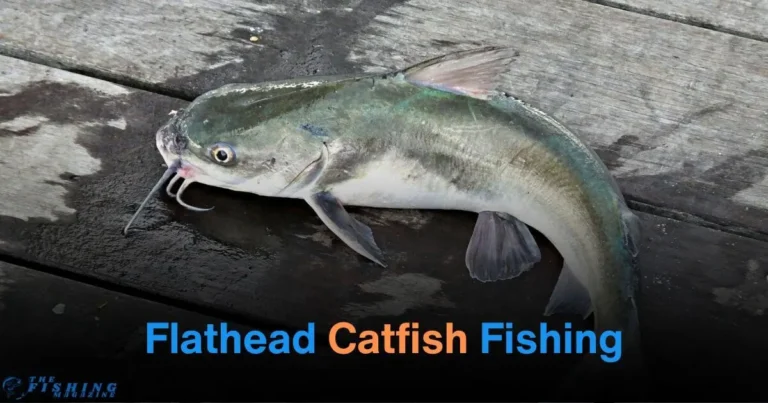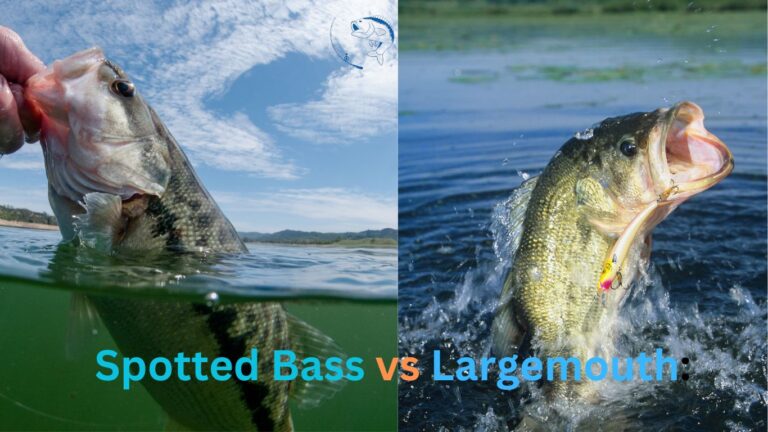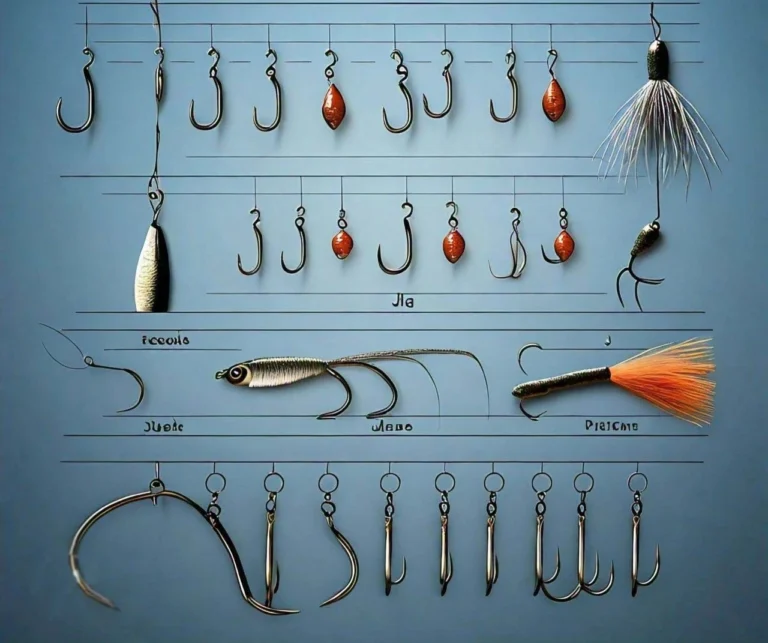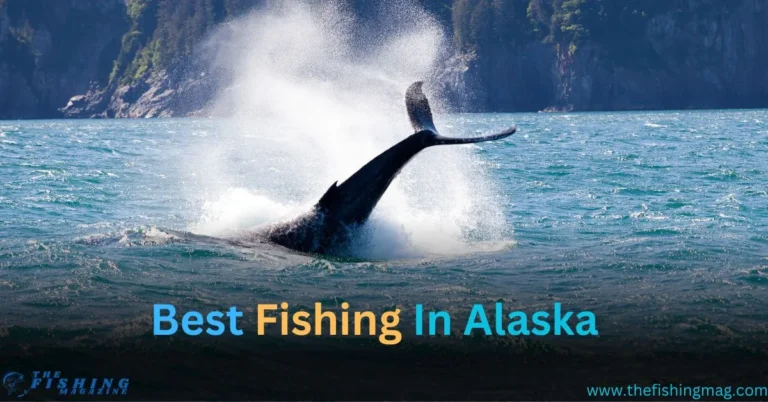Welcome, fellow angler, to the thrilling world of steelhead fly fishing setup. If you’re ready to embark on an exhilarating journey chasing these prized anadromous fish, you’ve come to the right place.
In this comprehensive guide, we’ll dive deep into the intricacies of steelhead fly fishing setup, covering everything from rod and reel selection to fly choices and presentation techniques.
Whether you’re a seasoned fly angler or new to the sport, this blog post has something for everyone. So grab your gear, tie on your favorite flies, and let’s set sail on a steelhead fly fishing adventure like no other.
Understanding Steelhead Fly Fishing:
Before we dive into the specifics of setting up your fly fishing gear for steelhead, let’s take a moment to understand these magnificent fish:
- Species: Steelhead are a species of trout that spend part of their life in freshwater rivers and streams before migrating to the ocean and returning to spawn.
- Habitat: Steelhead inhabit cold, clear rivers and streams along the Pacific coast, from California to Alaska. They are known for their strength, agility, and acrobatic leaps when hooked.
- Seasons: Steelhead runs typically occur in the fall, winter, and spring, with peak fishing opportunities from September through April, depending on the specific river and region.
Essential Gear for Steelhead Fly Fishing Setup:
Now that you have a basic understanding of steelhead, let’s discuss the essential gear you’ll need to get started:
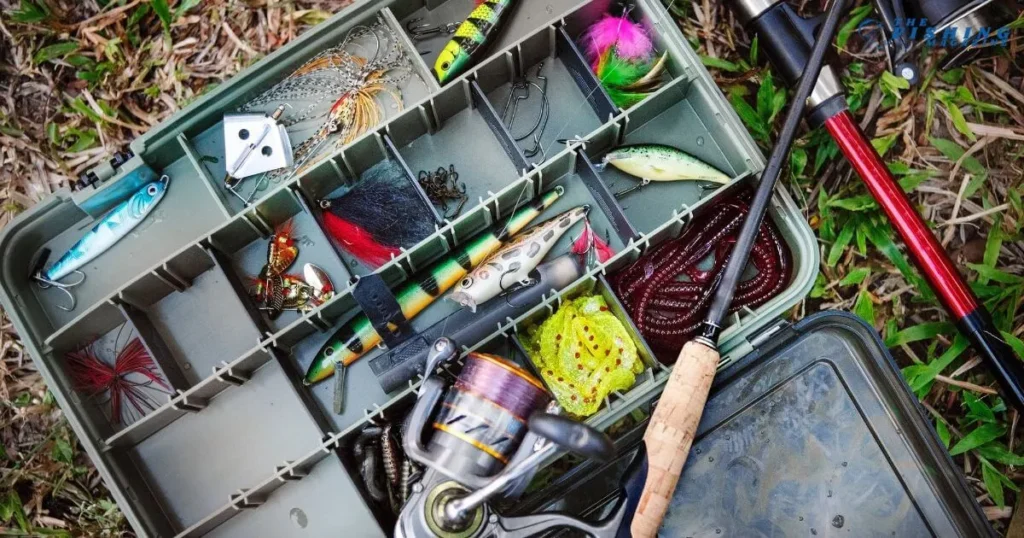
1. Fly Rod:
Opt for a versatile fly rod in the 7 to 9 weight range, with a length of 9 to 11 feet. This will provide the power and reach needed to cast heavy flies and control strong fish.
2. Fly Reel:
Choose a fly reel with a smooth drag system and ample backing capacity to handle the long runs and powerful leaps of steelhead.
– Ensure the reel is balanced with your rod to provide optimal casting performance and control.
3. Fly Line:
Select a weight-forward floating fly line matched to the weight of your rod. This will allow for precise casts and effortless line control.
– Consider adding sink-tip or full-sink fly lines to your arsenal for fishing deeper pools and runs.
4. Leaders and Tippets:
Use a tapered leader of 9 to 12 feet in length with a breaking strength of 8 to 12 pounds. This will provide stealth and abrasion resistance when presenting flies to wary steelhead.
Pair your leader with fluorocarbon tippet material in the 2X to 4X range for added strength and invisibility.
Choosing the Right Flies:
The key to success in steelhead fly fishing lies in selecting the right flies to match the conditions and preferences of the fish:
- Traditional Patterns: Classic wet flies such as Woolly Buggers, Egg Sucking Leeches, and Hare’s Ear Nymphs are effective choices for steelhead in a variety of water conditions.
- Steelhead Spey Flies: Intricate spey and intruder-style flies tied with long flowing materials and flashy accents are irresistible to steelhead, especially in larger rivers and during high water conditions.
- Matching the Hatch: Pay attention to local insect hatches and mimic the size and color of natural prey with dry flies, emerges, and nymph patterns.
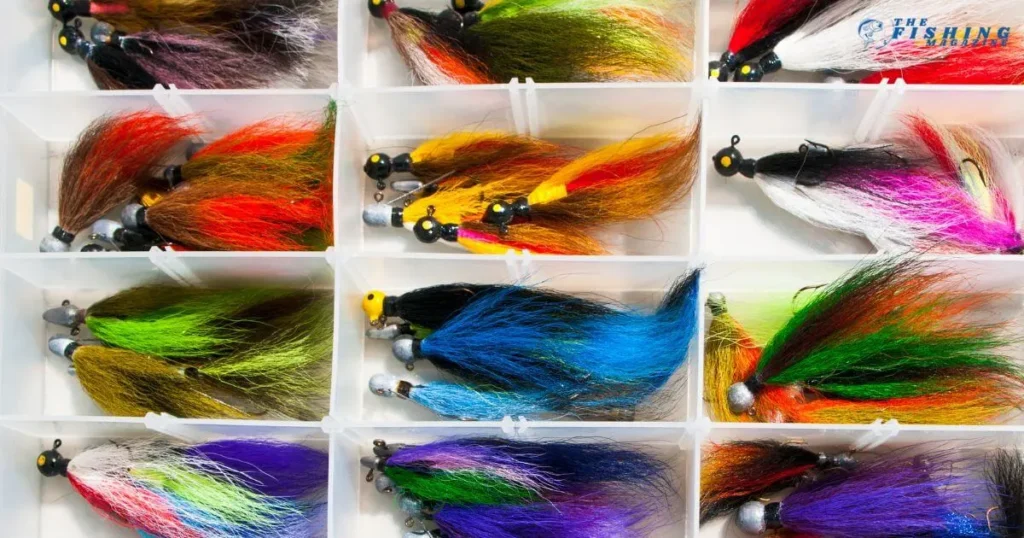
Presentation Techniques for Success:
Now that you have your gear and flies sorted, let’s explore some effective presentation techniques for targeting steelhead:
- Swinging Flies: Cast your fly downstream and across the current, allowing it to swing across the water in a broad arc. Maintain tension on the line and be prepared for a strike as the fly swings below you.
- Dead Drifting: Present nymphs and smaller patterns to steelhead by dead drifting them along the bottom of the riverbed. Use a strike indicator to detect subtle takes and set the hook quickly.
- Strip and Twitch: Strip or twitch your fly erratically through deeper pools and runs to mimic the movement of wounded baitfish or fleeing prey. This can trigger aggressive strikes from opportunistic steelhead.
FAQs
What is steelhead fly fishing, and how is it different from regular fly fishing?
Steelhead fly fishing specifically targets steelhead trout, which are anadromous rainbow trout that migrate from rivers to the ocean and back. The techniques and gear used for steelhead fly fishing are similar to traditional fly fishing but are adapted to target these migratory fish.
What kind of flies are effective for steelhead fly fishing?
Effective flies for steelhead fly fishing include egg patterns, nymphs, streamers, and traditional wet flies like the Woolly Bugger. Choose flies that mimic the natural prey of steelhead in the river you’re fishing, such as salmon eggs or baitfish.
What is the ideal setup for steelhead fly fishing?
A typical setup for steelhead fly fishing includes a 9 to 11-foot fly rod with a weight-forward floating line, a reel with a smooth drag system, and fluorocarbon or monofilament leader/tippet. Match your rod weight to the size of the fish and the conditions of the river.
When is the best time to go steelhead fly fishing?
The best time for steelhead fly fishing depends on the location and the specific run of fish in the river. Generally, steelhead runs occur during the fall, winter, and spring months when they migrate upstream to spawn. Check local regulations and river conditions for the most up-to-date information.
What are some essential tips for success in steelhead fly fishing?
Patience and persistence are key in steelhead fly fishing. Focus on reading the water, understanding fish behavior, and presenting your flies effectively. Experiment with different patterns, depths, and retrieves until you find what works best in the given conditions.
Conclusion:
Congratulations. You’re now equipped with the knowledge and skills to tackle steelhead fly fishing with confidence and finesse. Remember to practice patience, observe the water conditions, and adapt your tactics as needed to maximize your chances of success.
Whether you’re wading through icy rivers or drifting down scenic stretches of water, the thrill of hooking into a chrome-bright steelhead is an experience like no other. So pack your gear, tie on your flies, and get ready to embark on an unforgettable steelhead fly fishing adventure.

